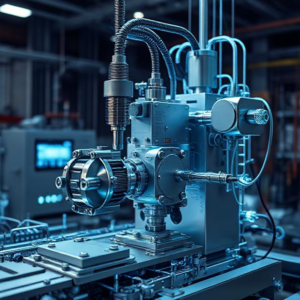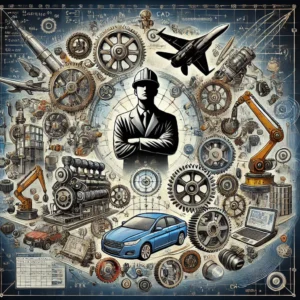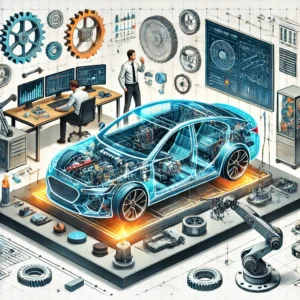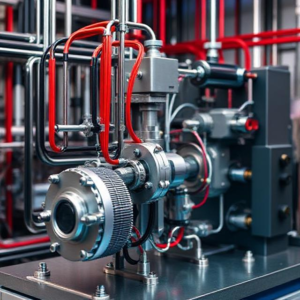Machine design is the process of creating and developing machines or mechanical systems to perform specific tasks. It involves coming up with ideas, selecting materials, and creating detailed plans for how a machine will work, look, and be built. The goal is to make sure the machine is safe, efficient, and reliable while meeting the required performance standards. Machine design is about taking a problem, thinking of a way to solve it using mechanical parts, and then making sure that solution works well in the real world.

steps in machine design:
- Understanding the Problem: First, you need to know what the machine is supposed to do. This could be anything from lifting heavy objects to grinding materials, or even helping cars run smoothly.
- Designing the Concept: Once you understand the task, you come up with a basic idea of how the machine will work. This involves deciding on key parts like motors, gears, and levers.
- Choosing Materials: After deciding the basic components, you select the right materials (metal, plastic, etc.) for the machine parts. The material must be strong enough for the job but not too heavy or expensive.
- Creating Detailed Plans (Blueprints): Engineers then draw detailed plans that show how each part fits together, including sizes, shapes, and where each part will go.
- Prototyping: In some cases, a prototype (or test version) of the machine is built to make sure everything works as planned.
- Testing and Refining: The machine is tested to make sure it’s safe, efficient, and performs well. If any issues are found, the design is adjusted.
- Production: Once the design is finalized and tested, it goes into production, where the machine parts are made, assembled, and put into use.











